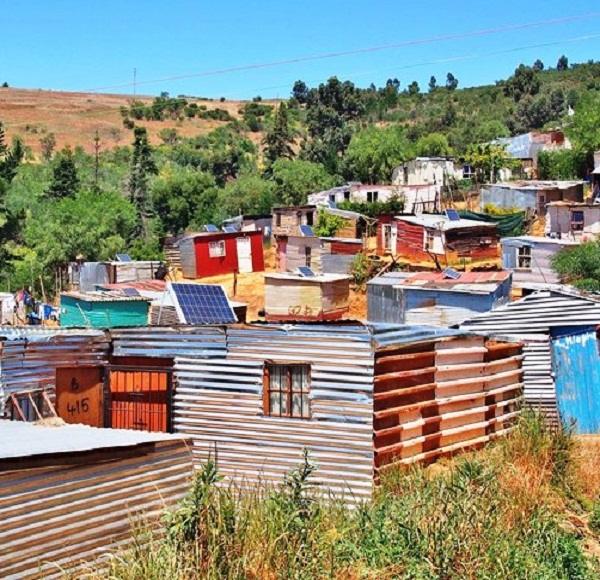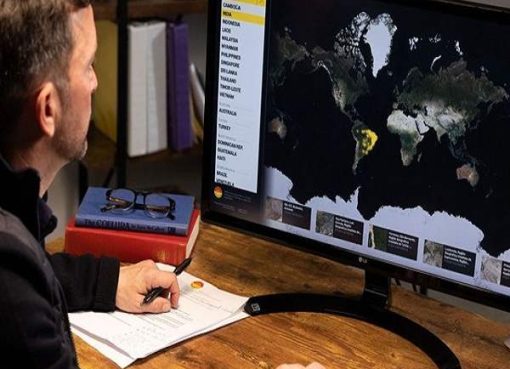COP27 offers a unique opportunity to increase energy access and lay the foundations for decarbonisation across Africa, but wealthy nations must deliver on their climate finance pledges to unlock the continent’s potential, according to a new report.
The report demonstrates that replacing coal with renewable energy and flexibility from engines and energy storage is the most cost-effective way to reduce energy costs, increase energy access and improve reliability.
The modelling also finds that renewable energy could reliably provide power for close to 100 million people in South Africa, Mozambique and Nigeria who currently do not have energy access, providing it were matched with the required grid infrastructure.
Under the scenarios modelled, the report suggests that Nigeria could cut its energy costs by 74 per cent on its net zero pathway; South Africa could solve its load-shedding dilemma and save $26bn by 2032, and Mozambique could vastly increase access to electricity, currently at 35 per cent of the population.
Increasing access to renewable energy will require significant capital injections from developed economies, with up to $119bn of investment needed in Nigeria, South Africa and Mozambique alone. Implementation of the systems proposed by the report, and the investment required, will not be possible unless wealthy nations deliver on the promise made in 2009 to deliver $100bn annually in climate finance from 2020.
The report demonstrates why COP27 – held for the first time in Africa – could provide the crucial moment to jumpstart this transition.
Håkan Agnevall, president and CEO of Wärtsilä Corporation, said: “Despite contributing less than 3 per cent of the world’s energy‐related carbon emissions, African countries are among the hardest hit by climate change. The low-hanging fruit of global decarbonisation lies in replacing costly, polluting, legacy fossil-fuel power plants with low-cost renewable energy technologies, such as wind and solar, coupled with flexible balancing power.
For African countries, the provision of full access to electrification for populations is a primary concern. For example, in Mozambique and Nigeria, 61 per cent and 35 per cent of the respective populations do not have access to electricity. South Africa’s grid provides access to 85 per cent of its people, but the country is facing an acute energy crisis as coal stations are phased out, leading to severe blackouts, or load shedding.
Wärtsilä’s report shows that renewable energy combined with flexibility is the most cost-effective way to provide full energy access in Africa and solve load-shedding problems, due to the large quantities of excess power inherently produced by renewable systems. The modelling also demonstrates that Africa’s gas reserves will play a continued but reduced role in African power systems, shifting from baseload to a bridging fuel, to power grid-balancing engines in support of renewable generation.
Wärtsilä modelled power system decarbonisation pathways for three diverse countries within Africa, each with different starting points and facing differing challenges.
Key findings of the report include:
- Nigeria can cut energy costs by 74 per cent on its path to net zero by 2060. Wärtsilä’s modelling shows that Nigeria can build a 100 per cent renewable net zero power system by 2060, comprising around 1,200GW of clean capacity, in line with its ’30-30-30’ and net zero targets. To support this massive influx of renewables, a total of 283GW of energy storage is needed for grid balancing, plus 34GW of balancing engine capacity. The impact is significant, with the cost of electricity generation predicted to drop by 74 per cent by 2060 compared to 2022 levels and emissions dropping to zero.
- South Africa can solve its load-shedding dilemma and save $26bn by 2032. By adding 40GW of wind and solar PV, South Africa can build a power system that would meet current and future energy demand. This can deliver a 17 per cent reduction in power system emissions and a 26 per cent reduction in energy system costs by 2032. The addition of 8GW of energy storage would provide short-term flexibility, plus 10GW of balancing engines would provide both energy and operational reserves to the grid, to address the country’s current load-shedding dilemma.
- Mozambique can reduce emissions and save $84m. By adding 200MW of low-cost renewable energy annually, Mozambique can build 3GW of clean capacity by 2032. Renewables would optimally be supported by 205MW of new energy storage capacity and 1GW of grid-balancing engine capacity. This would cut 5.6 million tonnes of carbon emissions between 2022-2032 and save $84m on the cost of energy production.
Wärtsilä produced the modelling using independent market simulation software PLEXOS to support African countries that wish to shape multi-year plans to build their optimal power systems for the future.
Across the African continent, countries could help to stimulate investment by setting out clear strategies to build well-functioning flexible renewable grids, showcasing the new opportunities those conditions create, such as green hydrogen production.
Regulatory reform is also needed to place a value on flexibility and encourage the market, the report suggests. Doing so would help to lay the foundations for more flexible and reliable grids able to support high levels of renewable energy.
Source: E&T










